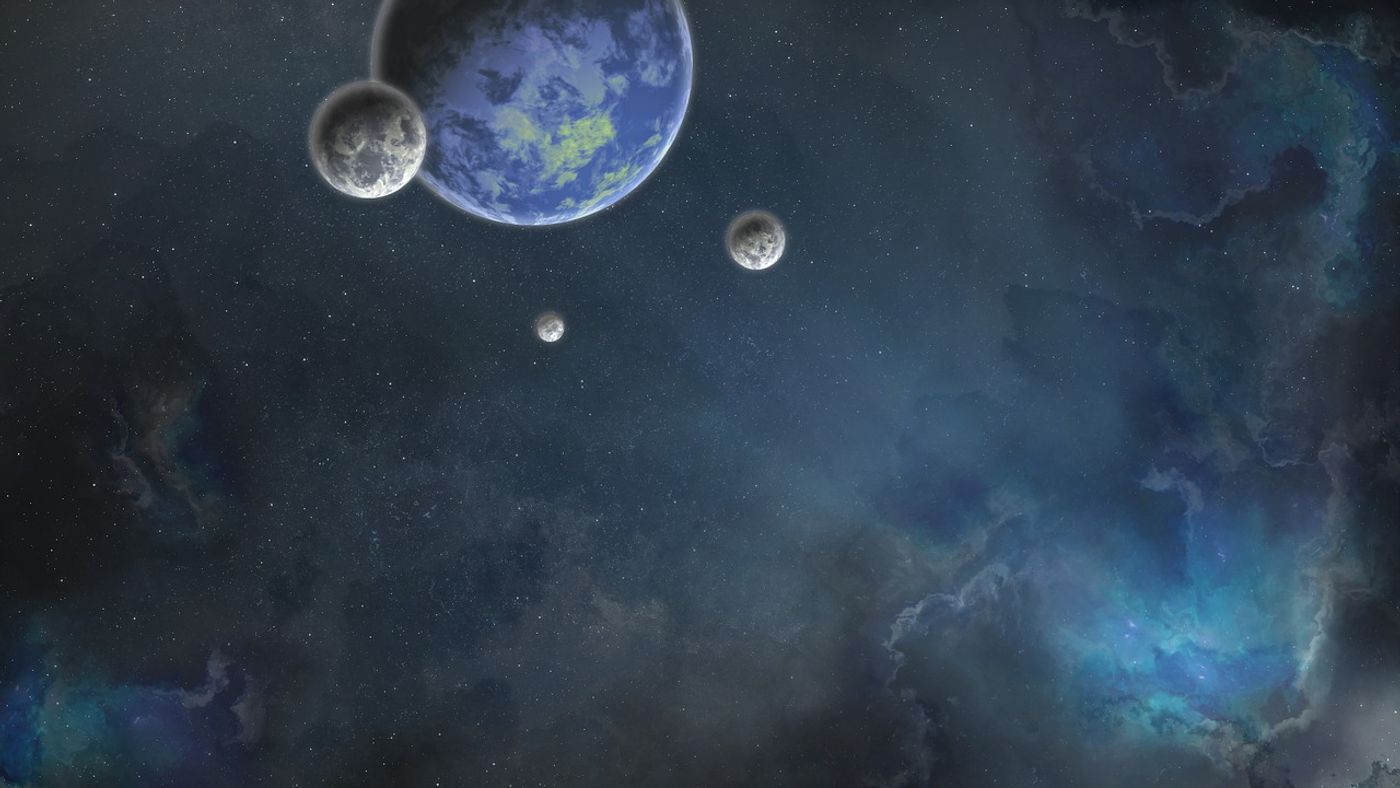Number of Confirmed Exoplanets Due to Surpass 4,000
While it’s true that astronomers spend much of their time studying our very own solar system for clues surrounding the habitability of Earth’s nearest planets, astronomers also spend a lot of time peering through telescopes at distant stellar systems in search of potential exoplanets.
Image Credit: Pixabay
Exoplanets are fundamentally planets that reside outside of our solar system, and they have been of particular interest to astronomers for eons. Studying exoplanetary characteristics can facilitate a better understanding of how planets form and aid astronomers in determining whether those remote systems hold the potential to support life.
As it would seem, astronomers have discovered and validated the existence of just under 4,000 exoplanets to date. With many more exoplanet candidates in the pipeline today, it won’t be long now until astronomers hit the significant 4K milestone.
According to the BBC, at least 2,423 exoplanet candidates discovered by NASA’s retired Kepler Space Telescope are still awaiting validation at the time of this writing, and a further 443 exoplanet candidates detected by NASA’s new Transitioning Exoplanet Survey Satellite (TESS) are still awaiting validation.
These discoveries are referred to as ‘exoplanet candidates’ because dips in starlight have been identified involving certain host stars, but astronomers haven’t yet had the opportunity to point a more precise space telescope (such as Hubble or the upcoming James Webb Space Telescope) at those stellar systems to validate the existence of an exoplanet.
Related: Some exoplanets may be rich in rubies and sapphires
It’s worth noting that most (if not all) exoplanet discoveries to date have happened right here in our Milky Way galaxy because other galaxies are far too distant to observe under a cosmic microscope for the existence of exoplanets.
With that in mind, 4,000 might seem like a high number, but it isn’t – we haven’t found or validated every exoplanet in the Milky Way by a long shot, and there are seemingly endless galaxies in the universe besides our own. Given the circumstances, the number of exoplanets in existence today is exponentially higher than what we’ve come to realize.
"The great news is that we shift from a starry sky to a planetary sky, as there are more planets than stars; and also that the planetary systems have great diversity of structure, with planets orbiting zero, one, two... stars, or other planets," elucidated Dr. Françoise Roques from the Observatoire de Paris in a comment to the BBC.
Related: Will TESS provide new insights regarding exoplanets?
Indeed, exoplanetary exploration is still very ripe, and it won’t be long now before there are at least 4,000 confirmed exoplanets in existence.
Astronomers expect that the upcoming James Webb Space Telescope will speed up the identification and validation of distant exoplanets because of its powerful infrared observation capabilities; however, a multitude of setbacks have delayed its launch, compelling astronomers to fall back to the less powerful Hubble Space Telescope.
Once astronomers hit the 4,000 exoplanet milestone, you’d better believe that they’ll be aiming for 5,000 and beyond.
Source: BBC









